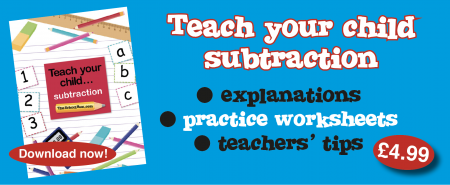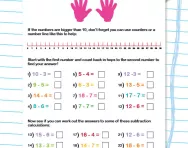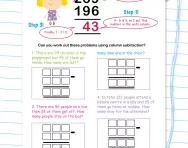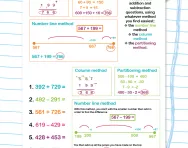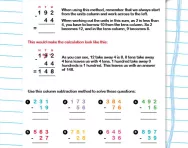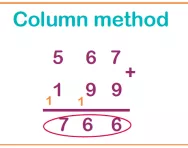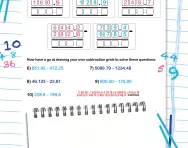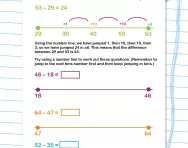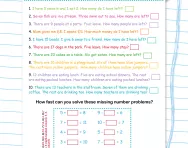TheSchoolRun.com closure date
As we informed you a few months ago, TheSchoolRun has had to make the difficult decision to close due to financial pressures and the company has now ceased trading. We had hoped to keep our content available through a partnership with another educational provider, but this provider has since withdrawn from the agreement.
As a result, we now have to permanently close TheSchoolRun.com. However, to give subscribers time to download any content they’d like to keep, we will keep the website open until 31st July 2025. After this date, the site will be taken down and there will be no further access to any resources. We strongly encourage you to download and save any resources you think you may want to use in the future.
In particular, we suggest downloading:
- Learning packs
- All the worksheets from the 11+ programme, if you are following this with your child
- Complete Learning Journey programmes (the packs below include all 40 worksheets for each programme)
You should already have received 16 primary school eBooks (worth £108.84) to download and keep. If you haven’t received these, please contact us at [email protected] before 31st July 2025, and we will send them to you.
We are very sorry that there is no way to continue offering access to resources and sincerely apologise for the inconvenience caused.
What is 'the difference between'?
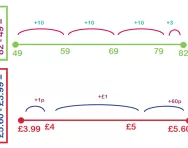
What is 'the difference between'?
Teachers will often ask children to find the difference between two numbers. It can take children a while to work out what this means (if you ask a child what the difference is between 7 and 8, they might say the 7 is made of straight lines and the eight is made of curvy lines... quite a logical answer!)
It is important that children learn that when we say: 'What is the difference between 1 and 6?' we mean: 'How many numbers do you count up from 1 to get to 6?' or 'What is 6 subtract 1?'
Children can be encouraged to use their fingers or a number line to work out the answer. If they used their fingers, they would need to have the 1 in their head, then count on their fingers to get to 6, holding up 5 fingers, which is their answer.
If they used a number line, they could put their finger on the 1 and then 'jump' up to get to the 6, counting as they go along: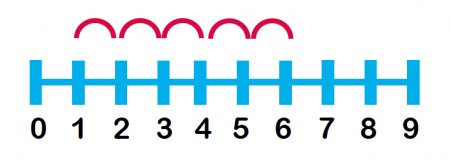
Finding the difference: different methods used in primary school
As children progress further up primary school, they may be asked to find the difference between bigger numbers, for example: 'What is the difference between 56 and 72?' There are a number of different ways a child could work this out. Here are a few:
Subtraction on a number line (complementary addition or the jump strategy)
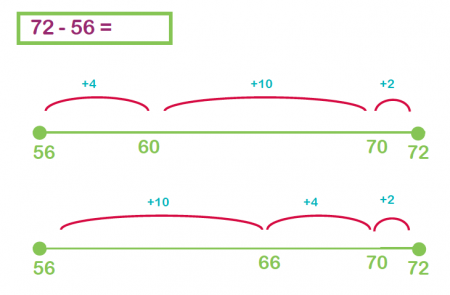
Subtraction column method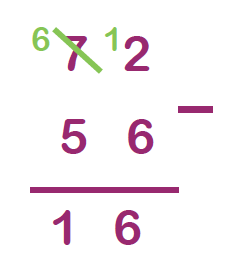
Subtraction: partitioning method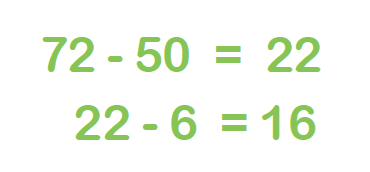
It is very important that children become confident in finding the difference between two numbers (up to four digits) by the end of Year 4. In Years 5 and 6 a lot of the emphasis is on multiplication, division, decimals, fractions and percentages, whereas addition and subtraction will not be practised as much. Therefore, children need to be confident in their mental and written subtraction before moving onto later Key Stage 2.
